CARING WITH FAMILY
|
| The nature of a dog breed's affection towards family members or familiar people can vary extensively. Some breeds have a reputation for being reserved and may exhibit a strong bond only with their immediate owner. They might interact with a degree of detachment or indifference to others even if they are not outright unfriendly. |
LOVE WITH CHILDREN
Unwise
Good With Children
|
| A breed's tolerance and patience toward children can be profoundly influenced by its ancestral background, temperament and size. Breeds that are naturally gentle, good-natured and have a steady demeanor are often considered more suitable for families with children. For instances, breeds like the Labrador retriever, Golden Retriever and Beagle are commonly noted for their friendly disposition and patience with kids. |
BEHAVIOR WITH DOGS
Unwise
Good With Other Dogs
|
| The general propensity of a breed to be friendly towards other dogs can often be linked to its historical purpose and breed characteristics. Breeds that were developed for work involving group collaboration, like hunting packs or sled teams tend to be more sociable with other dogs by nature. These breeds have a history of cooperating with each other and thus may inherently possess more communal instincts. |
SHEDDING LEVELS & MANAGEMENT
No Shedding
Hair Everywhere
|
| Anticipate the amount of shedding from the breed; those with a dense coat tend to shed more, necessitating regular brushing, potentially exacerbating allergies and demanding more frequent use of the vacuum cleaner and lint roller. |
COAT GROOMING STANDARDS
|
| Consider the frequency with which a breed will require bathing, brushing, coat trimming, and other grooming tasks and match this with your willingness to invest time, effort and funds. And remember clipping nails regularly is essential for all breeds. |
DROOLING INTENSITY
Less Likely to Drool
Always Have a Towel
|
| Reflect on a breed’s tendency to slobber. If you pride yourself on keeping things pristine, you might find it difficult to adjust to a dog that regularly anoints your arm with drool or your clothing with damp splotches. |
COAT STYLES GUIDE |
| Double |
| COAT SPECTRUM |
| Medium |
FRIENDLINESS
Reserved
Everyone Is My Best Friend
|
| Reflect on how breeds tend to react to unknown people. There are dogs that consistently approach strangers with caution or indifference while others seem to celebrate the chance to make a new human acquaintance at every opportunity. |
LIVELINESS
Only When You Want To Play
Non-Stop
|
| Consider the extent of a breed's playfulness beyond its puppy years. Some dogs never lose their love for energetic pastimes like a lively game of fetch or a spirited tug-of-war while others gradually favor a more sedate pace of life enjoying quiet time on the couch. |
VIGILANCE INTENSITY
What's Mine Is Yours
Vigilant
|
| Reflect on a breed's instinct to signal the presence of outsiders, with a keen response to all perceived threats, from the daily mail delivery to wildlife sightings. Typically, those breeds become amicable towards strangers once they're admitted into the home and embraced by their family. |
ADAPTATION CAPACITY
Lives For Routine
Highly Adaptable
|
| Evaluate a breed's aptitude for managing life's inevitable changes, from different living situations and noise patterns to weather variability and day-to-day schedule discrepancies some breeds sail through these transitions effortlessly while others might struggle. |
OBEDIENCE LEVEL
Self-Willed
Eager to Please
|
| Assess the straightforwardness of training your canine companion and their willingness to be taught. Some dogs have an inherent drive to earn their owner's pride, while others display a preference for self-guided activity with a desire to do things on their own schedule and turf. |
STAMINA LEVEL
|
| Take into account the level of physical activity and mental engagement a breed demands. High-energy breeds are perpetually on the move, seeking out their next escapade with vigor and thrive on dynamic play and exploration. On the flip side, low-energy breeds epitomize relaxation content to lounge and nap the day away. |
VOCALIZATION
|
| Medium |
LEARNING CURIOSITY LEVEL
Happy to Lounge
Needs a Job or Activity
|
| Evaluate the level of cognitive stimulation needed by a breed to ensure its contentment and overall health. Dogs with a heritage of task-oriented roles may crave activities that challenge their intellect and decision-making skills. Without adequate mental enrichment these dogs might channel their intelligence into less desirable endeavors. |
| COLORS |
|
Description
|
Registration Code
|
|
Black
|
007
|
|
Black & Tan
|
018
|
|
Cream
|
076
|
|
Gold
|
091
|
|
Red
|
140
|
|
Sable
|
164
|
|
Silver Sable
|
286
|
|
White
|
199
|
|
| PATTERNS |
|
Description
|
Registration Code
|
|
Parti-Color
|
038
|
|
White Markings
|
014
|
|



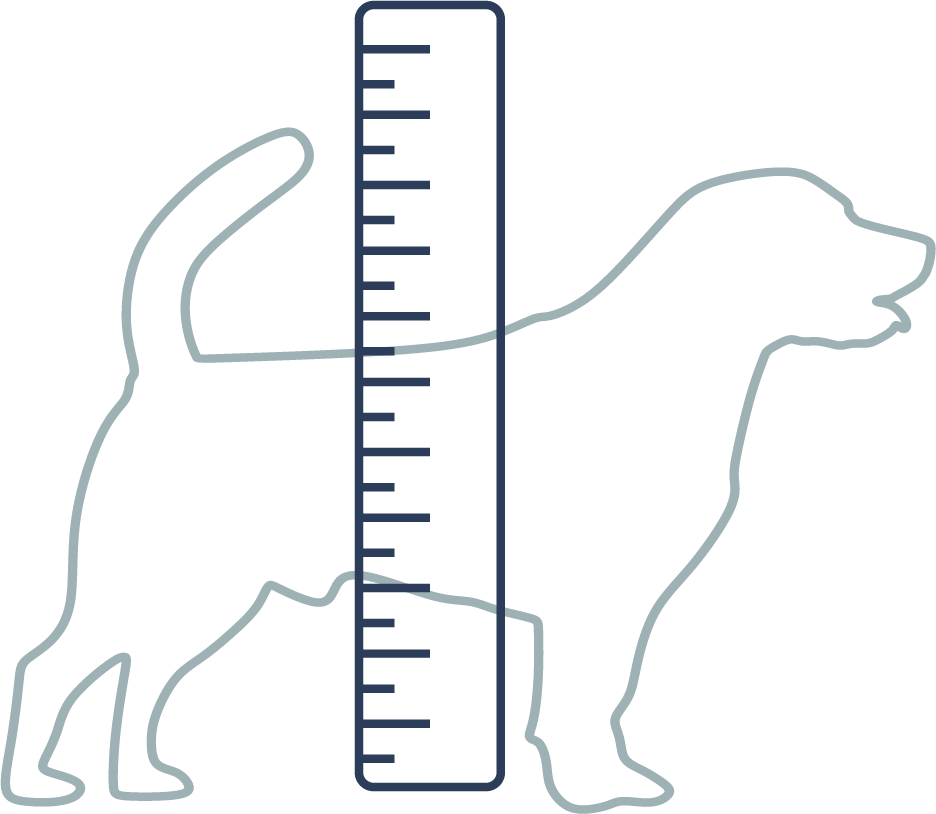


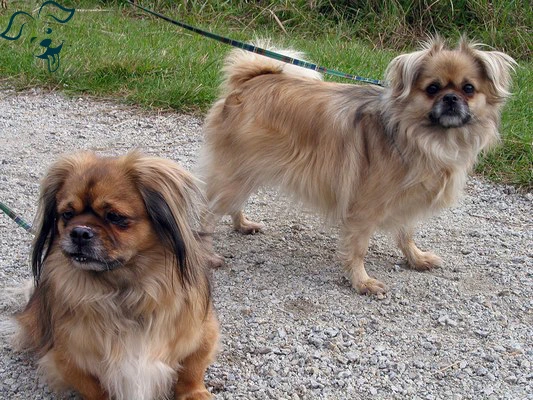

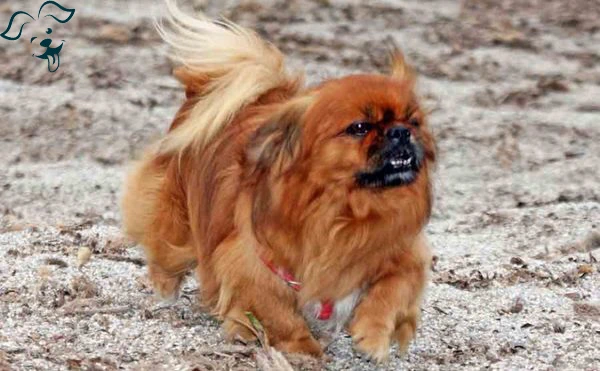
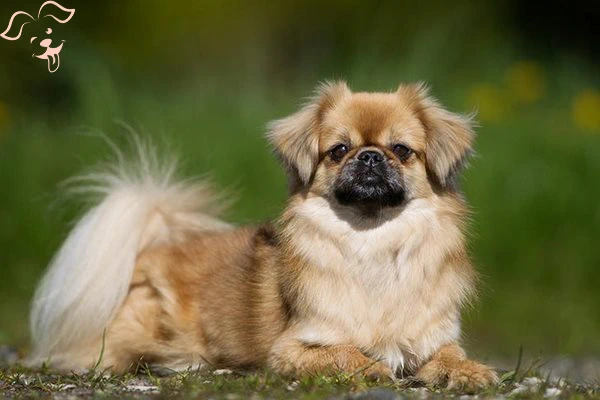







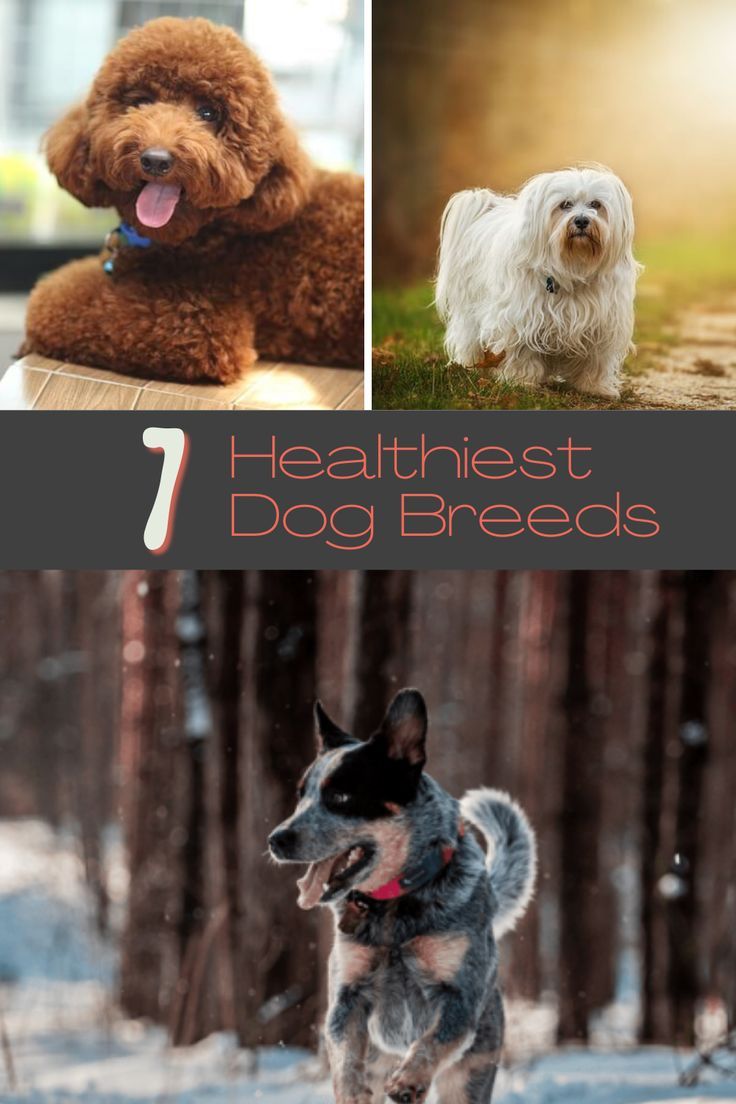

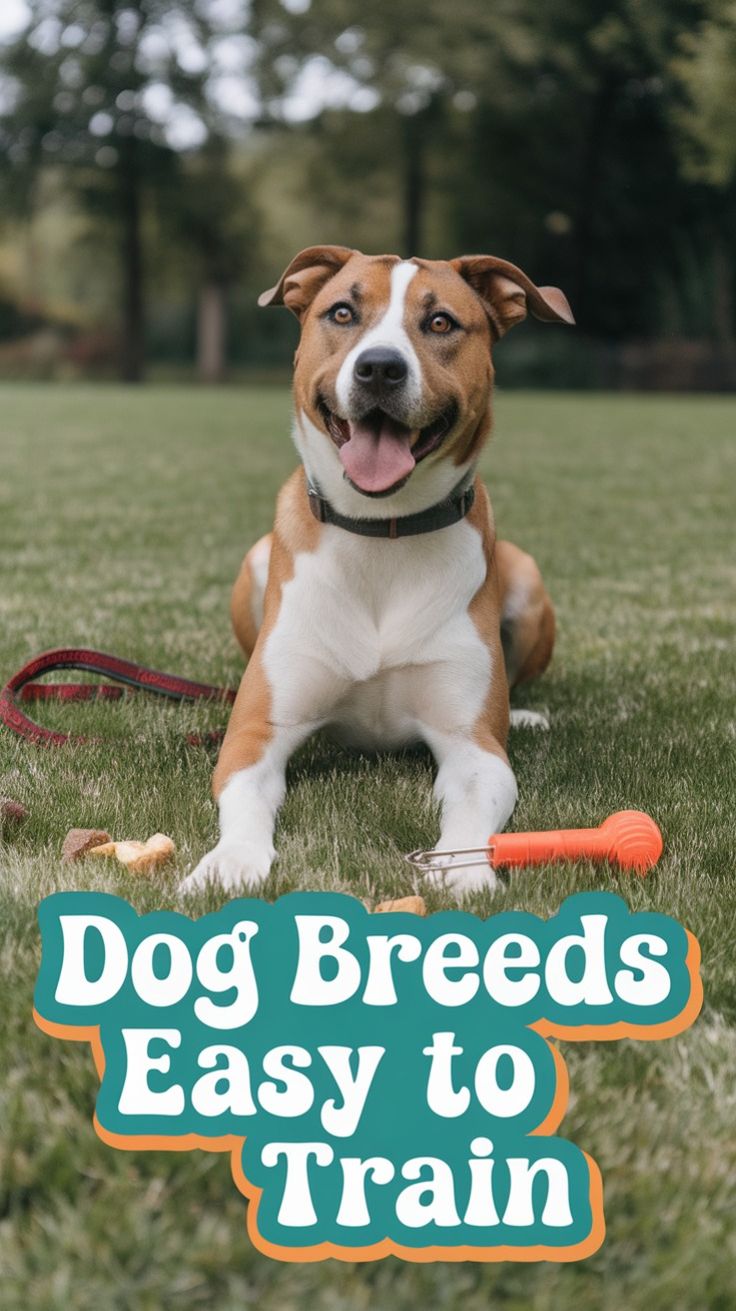
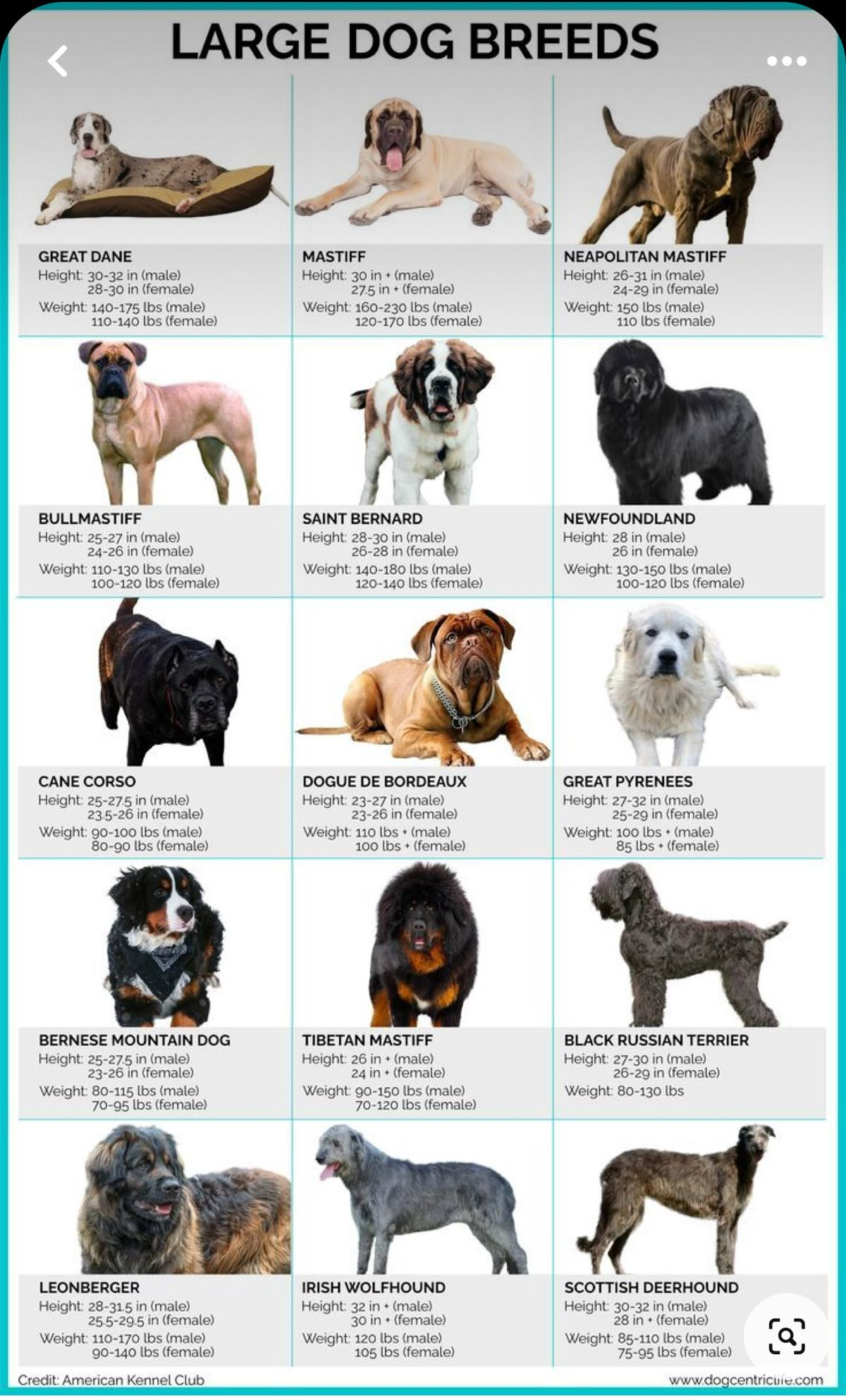

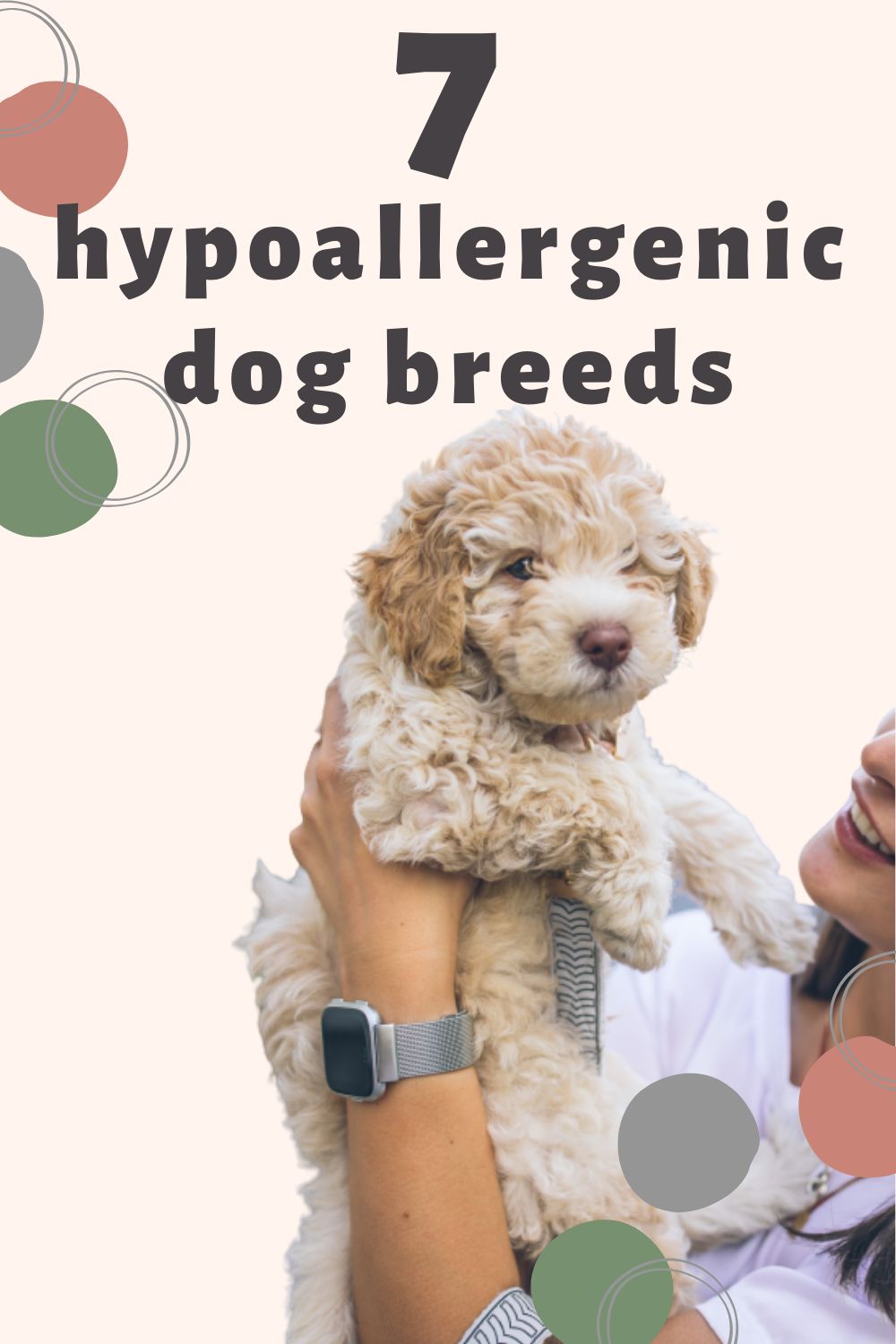
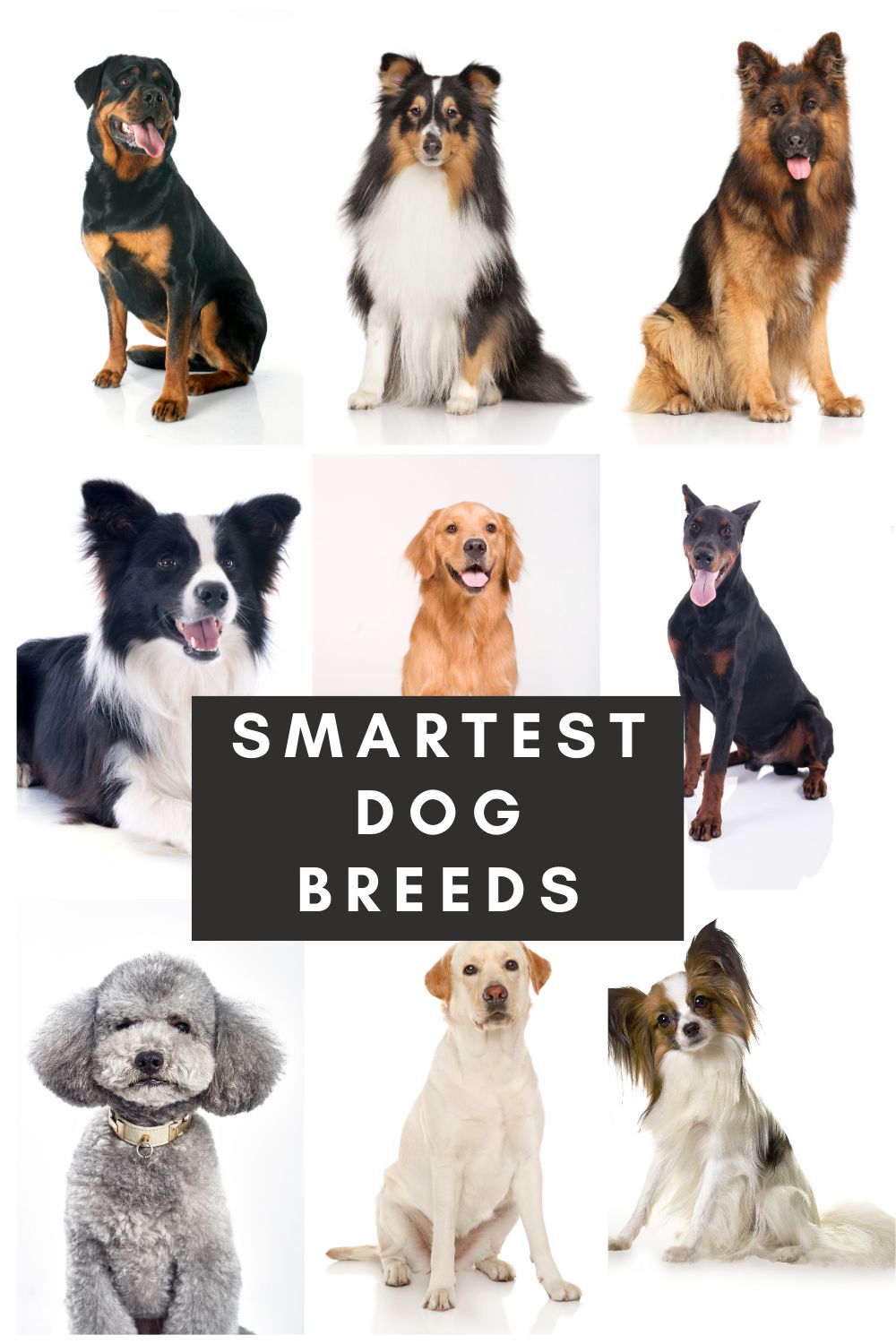
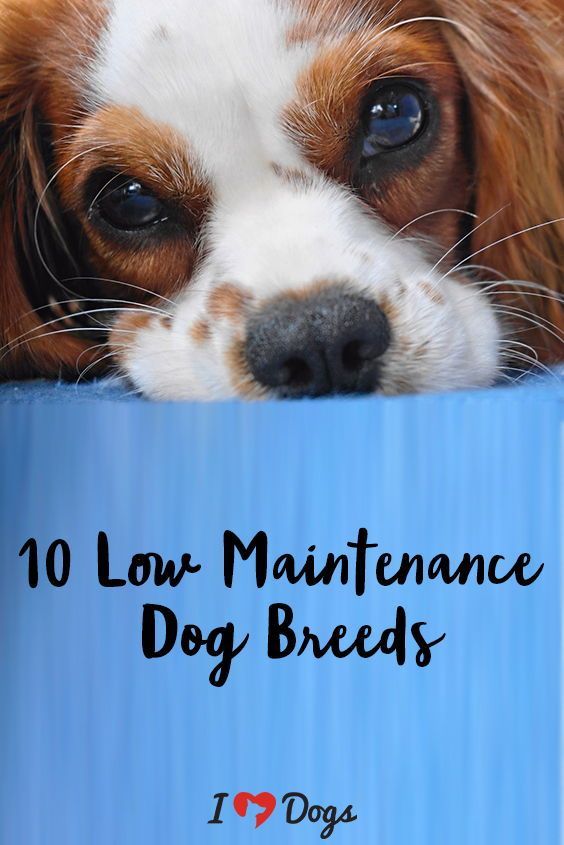


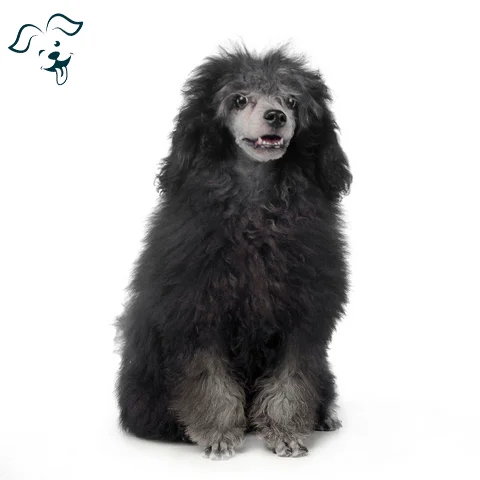

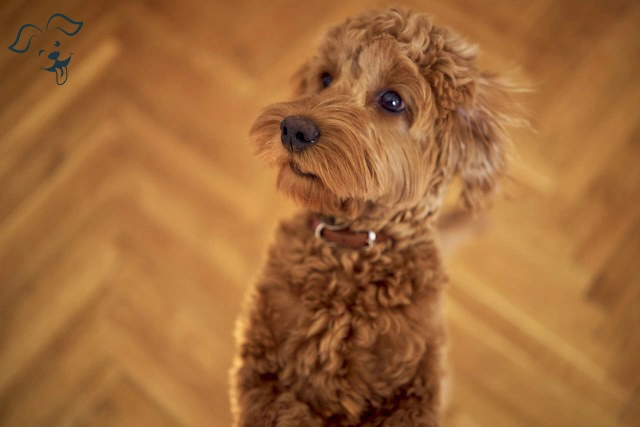
FRIENDLINESS
LIVELINESS
VIGILANCE INTENSITY
ADAPTATION CAPACITY